DNA as hard drive storage!! Anyone?
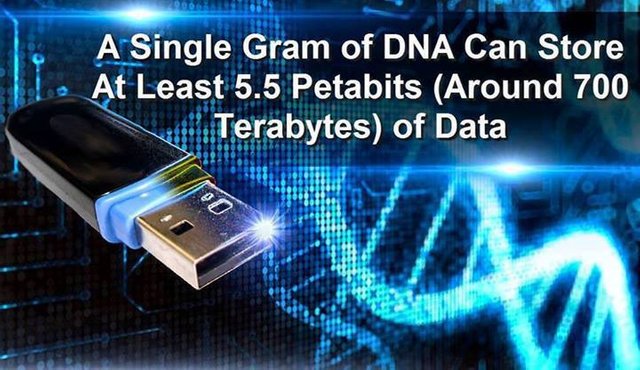
DNA is more well known as a big blueprint of life. A double helix structure that stores tonnes and tonnes of genetic material so that our cells have a plan of which organ or tissues to build. Imagine that an architect without a blueprint tried to build a bridge. Nothing can be built this way! But DNA does not merely build a bridge, but instead a whole living organisms comprised of cardiovascular system, respiratory system, neurological system and etc. And each one of those is highly complex. As a result, the blueprint of life is larger than ever. So how did it all fit into a chromosome that is merely micrometer in size?
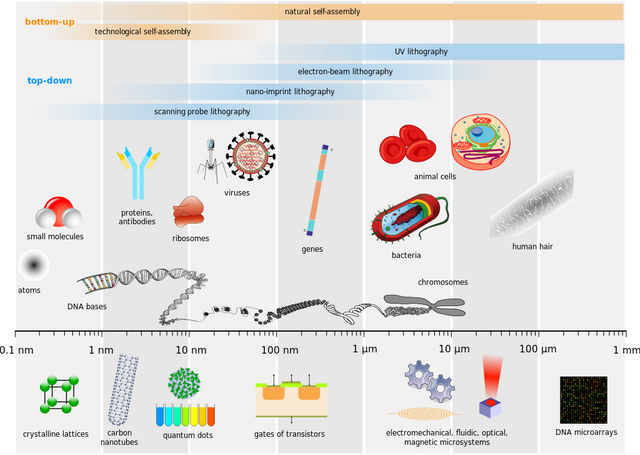
How DNA stores data
Information in DNA is stored as a code made up of four basic building blocks. I call it the team "TAGC", which makes it mnemonically friendly as "TAGS". Namely the thymine, adenine, guanine and cytosine. They are all nitrogenous bases.
And in one human DNA, there are about 3 billion base pair!
How DNA keep such massive data but still keeping it's small size? The answer is its coiling shape. Each threads of DNA is spirally coiled and coils around another. This makes it extremely dense and if you were to stretch the whole DNA into a straight line. It will take around 70 round trips from earth to sun!
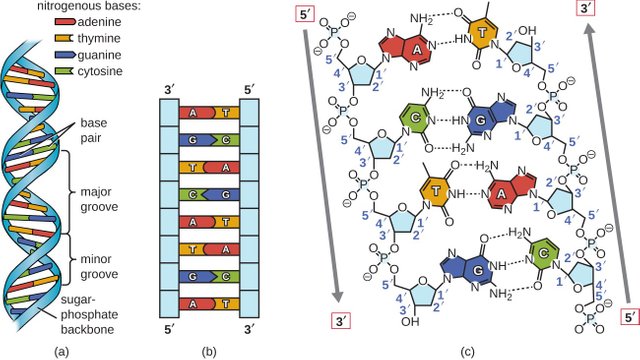
Such spiral coiled structure enabled DNA to achieve astronomical storage capacity. It is found out that one gram can store an exabyte of data! To give you an impression of how large exabyte of data is :
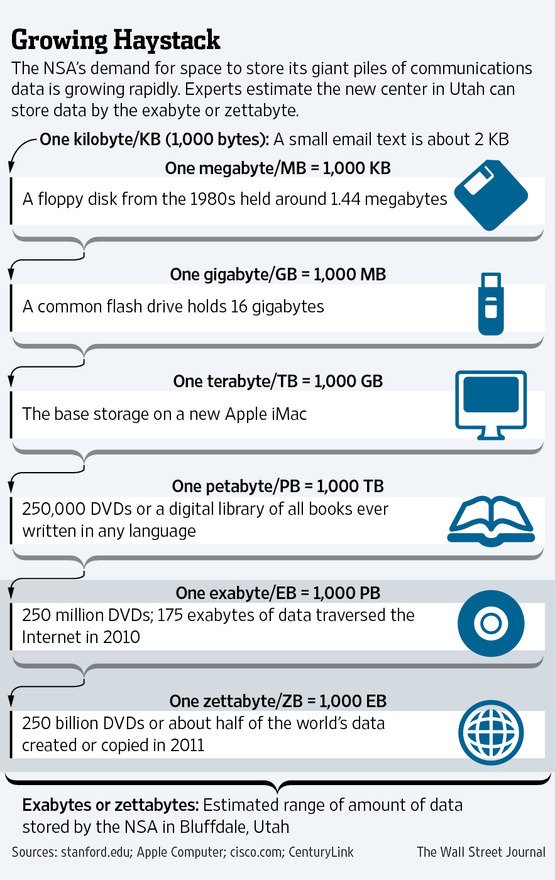
How will it work as hard drive?
Actually lots of research have been done in the past to make this possible. But the main setback is making the digitally encoded information on DNA readable. Thanks to the work of Federico Tavella from university of Padua, Italy and his colleagues, who made a breakthrough by solving this problem. They used a technique called bacterial nanonetwork.
The principle is not that complicated. It has been known that bacteria do have genetic material stored as tiny circular rings which is called plasmids.
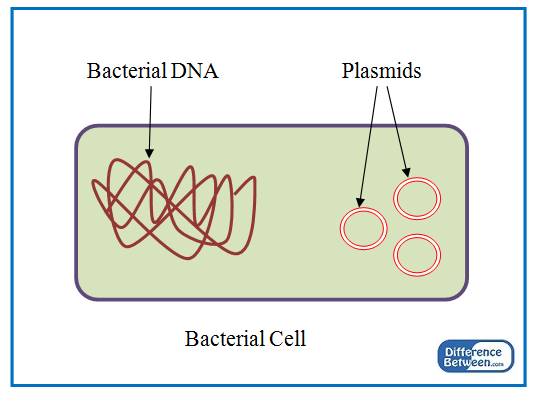
Bacteria transfer genetic material or "mating" among themselves by a process called conjugation. It's amazing to see conjugation as a way bacterias to gain power ups. For example, some bacteria gain antibiotic resistance or even the ability to utilise new metabolites to survive in a harsh environment. Scientist exploited this network to transfer information they have genetically engineered on the plasmid.
Storage of data

Genetically modified DNA is first store on a non motile bacterias. They are made non-motile by keeping them on a solid agar.
Retrieval of data from DNA
Retrieval of data is possible by introducing motile bacteria to conjugate with non motile bacterias that are trapped. The effective data stored on the non motile bacteria will then be transfered on to the motile bacteria. The motile bacteria then swim to a device which extracts the plasmids and reads the data encoded on it. And voila, you have exabytes of data at your disposal!
GPS for bacteria!
As exabytes of data is massive, how can you pinpoint the data from which bacteria to extract from? The scientist made GPS for the bacteria to find their way to conjugate! And this system is called Molecular Positiong System (MPS)!
The scientist firstly genetically modified the bacterial chemotaxis pattern. They are made to move to the field of chemotractans. Sort of like flowers to bait the bees. They then set up a beacon which each releases such chemotractans and that bacteria will land exactly where the overlapping of chemotractans occurs! Thus pinpoint retrieval of data as occured in our hard disk can be realised!
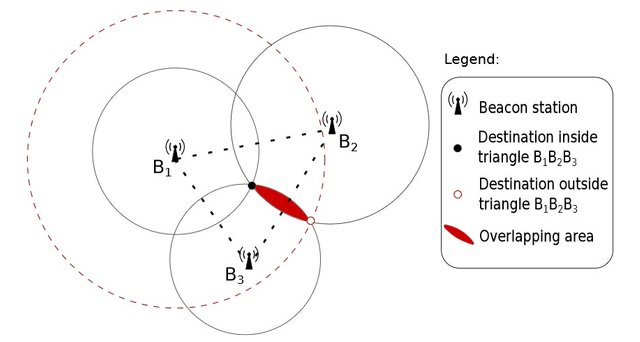
Conclusion
As we are solely relying on the movement speed of bacteria to retrieve the data for us, we are looking at a relatively slow speed of transfer. However, this exciting technology can be served as a potential solution to data storage solutions! Imagine that the server farm built by facebook or Instagram can all be shrinked in just micrometer in size. Furthermore, the cost of making such storage solutions is way cheaper and eco friendly. As bacterias are actively conjugating among themselves, we have constant data backup without active management of it. DNA hard drive might be the next big thing!
Extra explanation video from Seeker :
Reference lists :
- An Introduction to Conjugation, Griffiths AJF, Miller JH, Suzuki DT, et al.
New York: W. H. Freeman; 2000. - DNA Molecular Storage System: Transferring Digitally
Encoded Information through Bacterial Nanonetworks
FEDERICO TAVELLA,
University of Padua, Italy
ALBERTO GIARETTA,
Örebro University, Sweden - http://theconversation.com/storing-data-in-dna-brings-nature-into-the-digital-universe-78226

- Originally written by me, Felix Tang
Being A SteemStem Member
That is one interesting subject. One of the subjects which interest me greatly. Maybe we are just one giant computer-hard drive holding our soul and we can write and rewrite our programmes? Maybe our bodies are just like the robots we are trying to invent today? Are they a storage space for our consciousness?
This sure one interesting topic, and who knows maybe in the near future we will find out.
Amazing post my friend, keep it up. :)
Well that is getting abit far off topic.. maybe it's possible one day. who knows.
Sorry, it is just my imagination flying around thanks to your post. lol Maybe it is possible one day. We will find out sooner than later. :)
Very interesting. As a programmer I find it very complicated to write and read, but I am sure that in time the technology will advance. We already see quantum logical gates and computing being developed and even in use.
Well contrary to ordinary binary code 01 they plan to use that 4 nitrogenous bases to represent 01,11,10 and 00. I think programmer can just use normal IDE to code, and it will be compiled into machine language as that binary code. That's how they printed "Hello World" using the DNA from bacteria! It's amazing! Thanks for reading once again :)
Cool stuff, though I can't help but be amused at the ideas of biological hard drives being vulnerable to both computer viruses and actual physical viruses.
Aha yeah funnily all of the above activities are carried out by a live bacteria. I remember there's a virus which call bacteriophage which can attack the bacteria. SO practically it is possible. So ya at least now you can pull out your hard drive and watch all this in live action! Ahaha!
Outstanding post! You gave us so much information, good and interesting information. Thank you for sharing this. I've always been intrigued by the DNA and have really enjoyed reading this especially the comparison with the hard drive :)
Thanks for taking your time to read it! It is indeed an exciting time to live! Crazy right, 1g of DNA can store exabytes of data! hah.
Congratulations! This post has been upvoted from the communal account, @minnowsupport, by Felix (steemit tngflx) from the Minnow Support Project. It's a witness project run by aggroed, ausbitbank, teamsteem, theprophet0, someguy123, neoxian, followbtcnews, and netuoso. The goal is to help Steemit grow by supporting Minnows. Please find us at the Peace, Abundance, and Liberty Network (PALnet) Discord Channel. It's a completely public and open space to all members of the Steemit community who voluntarily choose to be there.
If you would like to delegate to the Minnow Support Project you can do so by clicking on the following links: 50SP, 100SP, 250SP, 500SP, 1000SP, 5000SP.
Be sure to leave at least 50SP undelegated on your account.
@originalworks
Real life gets more and more like science fiction every day, doesn't it?!
This excellent post was recently featured in this issue of The Inbox Runneth Over. Stop by when you have a moment and enjoy the fine company you keep. Your support for this project, like your exceptional content, would be most welcome. Have a lovely day!
At my university we have some good talks about the philosophy of science and the way "living organisms" are just autopoietic machines and systems, there´s a lot of information flowing constantly between the micro and macro universe but we as a society can´t see it like "bits" yet.